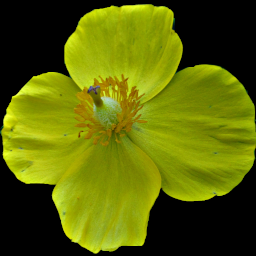Easily distinguished from anything similar by the foamy appearance of the flowers, which have puffy tufts of hair on their upper lips. “Motherwort” is so named because it was used by herbalists for what have traditionally been called “female difficulties.” This plant was part of a large stand at the edge of a dense thicket in Beechview, whre it was blooming in the middle of July.
Gray describes the genus and the species:
LEONÙRUS L. MOTHERWORT. Calyx 5-nerved, with 5 nearly equal teeth. Upper lip of the corolla oblong and entire, somewhat arched; the lower spreading, 3-lobed, its middle lobe larger, narrowly oblong-obovate, entire, the lateral ones oblong. — Upright herbs, with cut-lobed leaves, and close whorls of flowers in their axils; in summer. (Name from leon, a lion, and oura, tail, i.e. Lion’s-tail.)
L. cardìaca L. (COMMON M.) Tall perennial; leaves long-petioled, tbe lower rounded, palmately lobed, the floral wedge-shaped at base, subentire or 3-clefl, the lobes lanceolate; upper lip of the pale purple corolla bearded. — Waste places, around dwellings. (Nat. from Eu.)





